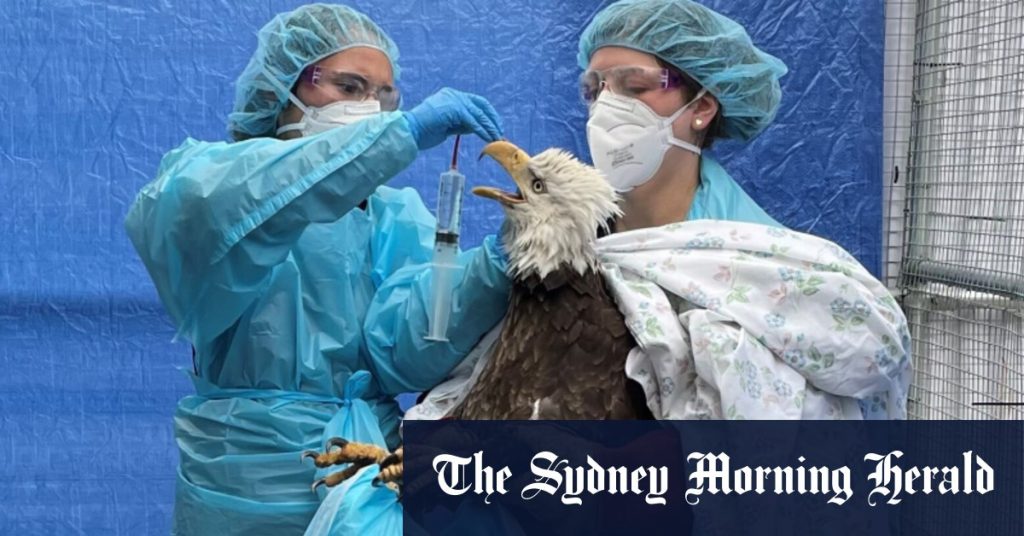Scientists have reported devastating scenes of South American beaches covered in the bodies of 17,400 elephant seal pups, as a mysterious virus has killed polar and grizzly bears, decimated populations of Peruvian pelicans, and infected various other animals such as bottlenose dolphins, lions, and skunks. The virus has even spread to the world’s largest northern gannet colony in the UK, killing 70 per cent of the population and causing survivors’ eyes to turn black from blue-white. Researchers are baffled by the sudden appearance and spread of the virus, particularly as it has now made its way to Antarctica where it could have catastrophic effects on penguins and seals. There is growing concern that the virus may evolve to become transmissible from human to human, similar to the situation with influenza in cattle in the US.
In a concerning development, avian flu has spread to cattle in the US for the first time, with a dairy farm in Texas reporting cases of the virus in their herd. Subsequent genomic analysis revealed that the virus had been circulating undetected in cows since January and may have gained adaptations that facilitate transmission among mammals. While a dairy farm worker fell ill with the virus, it did not have the capability to infect others and the individual recovered. However, this incident highlights the potential for the virus to evolve and develop the ability to infect humans and potentially spread among humans, raising significant concerns among health officials.
There is particular concern about the potential for the virus to infect pigs, as they are considered “mixing vessels” that can acquire strains of both human and bird flu, leading to the creation of super viruses with enhanced transmissibility. Dr. Frank Wong, a bird flu expert for the WHO, emphasizes that humans are still considered a “dead end” host for bird flu, as sustained transmission between humans has not been observed. While the risk of highly pathogenic bird flu reaching Australia has been upgraded to high, strict biosecurity laws and a lack of major migratory bird species that carry the virus have helped keep the country virus-free thus far. Surveillance measures are in place to detect early signs of the disease, such as mass bird die-offs or illness in backyard chicken flocks, triggering rapid response measures to contain the spread.
Dr. Wong’s lab conducts surveillance of wild bird feces to test for the presence of the virus, distinguishing between exotic variants and low pathogenic strains. Australia’s Department of Agriculture, Fisheries, and Forestry is vigilant in monitoring for any signs of the disease and has successfully stamped out previous outbreaks through swift culling measures. The current clade responsible for the global outbreak has not been detected in Australia, but the threat remains high, especially with migratory shorebirds and waterfowl posing a risk of introducing the virus to the continent. Overall, the situation is one of concern and continued vigilance, as researchers work to understand and contain the virus’s spread and potential for further evolution.













